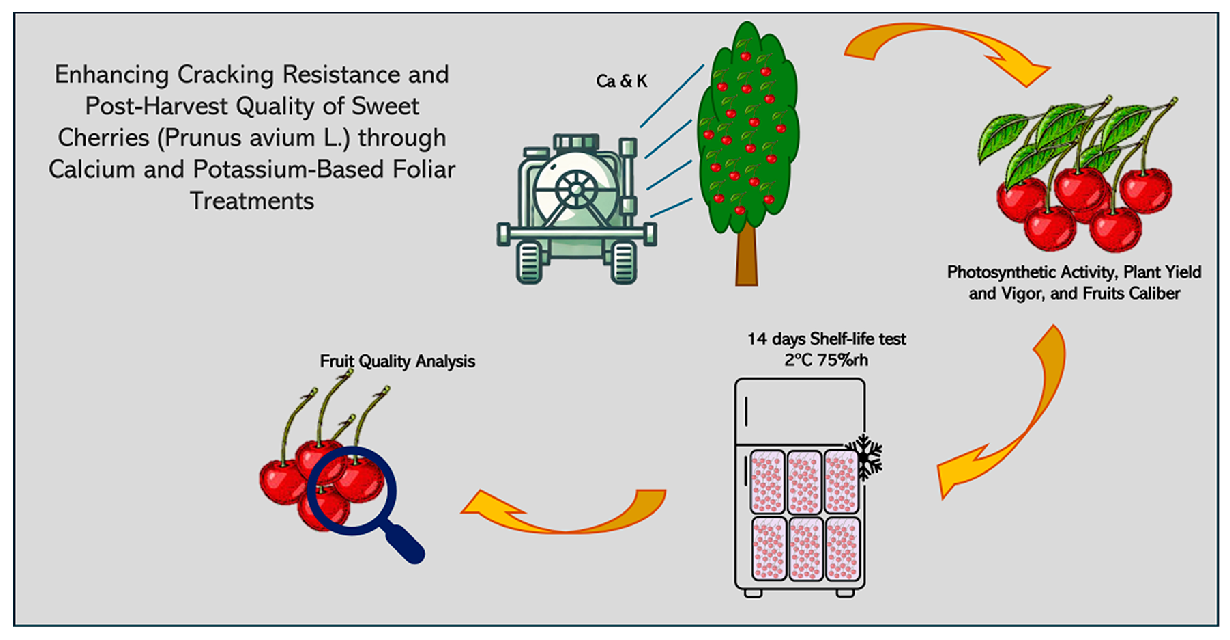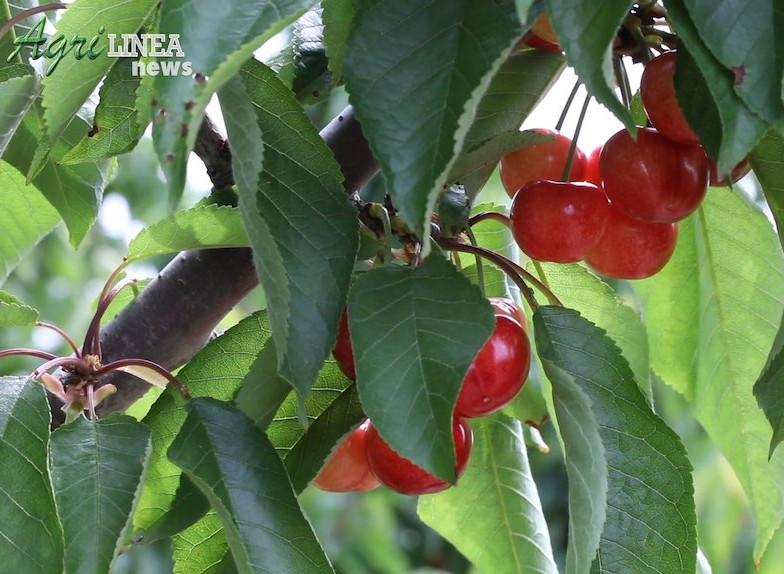Genetic improvement, innovative cultivation practices, and new chemical compounds are the strategies employed in the fight against cracking, a physiological disorder that can lead to yield losses of up to 90%.
The main issue lies in the fact that the mechanisms behind the phenomenon are still not fully understood.
Thanks to research conducted in recent years, the "zipper hypothesis" is gaining traction.
Understanding the cracking phenomenon
According to this hypothesis, fruit cracking results from localized abnormalities in the fruit’s epidermis.
These initial defects trigger the propagation of microcracks, which then develop into visible, macroscopic fractures.
Although breeding programs have produced new cherry cultivars with increased resistance to cracking, these improvements are often not sufficient to counteract the effects of climate change.
This physiological disorder is typically caused by the fruit skin’s excessive absorption of water, especially during the ripening phase, which leads to localized ruptures.
Alternative theories and contributing factors
Conversely, other studies have proposed that the cracking may result from a rapid cooling after rainfall or sudden temperature changes, causing the skin to contract and form cracks that break the fruit.
It has also been theorized that the fruit’s epidermis may be more susceptible to cracking under calcium (Ca²⁺) deficiency conditions.
The goal of this study (conducted in Lagnasco, Piedmont, Italy) was to evaluate the effectiveness of foliar applications of calcium and potassium-based compounds in reducing cracking and improving the overall quality and shelf life of the “Regina” cultivar.
The foliar treatment was tested in a commercial orchard in Piedmont, and fruit quality was assessed over a 14-day storage period at 2°C and 75% relative humidity.
Study results and observations
The parameters considered included shoot growth, yield, incidence of cracking, and post-harvest fruit quality.
The results indicated that foliar treatments improved vegetative growth and increased the proportion of marketable fruit in the Ø 28 mm size category.
 Figure 1. Summary graph of the experimental test
Figure 1. Summary graph of the experimental test
Moreover, treated fruits showed greater flesh firmness, reduced weight loss, and lower susceptibility to cracking during storage.
Antioxidant activity and anthocyanin content were also better preserved in treated cherries from the day of harvest.
Conclusions and implications
These findings suggest that the post-harvest performance of sweet cherries can be improved, and the cracking phenomenon mitigated, through a proper nutritional management.
In summary, the results of this study indicate that the application of foliar treatments with macro- and micro-nutrients significantly improved fruit quality, fruit shelf life, and plant growth.
Treated plants exhibited higher chlorophyll content (SPAD index), longer shoots, and a greater production of larger-caliber cherries—a highly valued attribute in the Italian market.
Additionally, the treatment reduced the frequency of fruit cracking, implying a beneficial impact on osmotic regulation and cell wall stabilization.
This is likely the result of the combined effects of calcium and potassium.
Treated fruits demonstrated greater stability in terms of sugar content, antioxidant activity, and weight loss during shelf-life evaluation, suggesting increased resistance to post-harvest stress.
Source: Varaldo, A.; Giacalone, G. Enhancing Cracking Resistance and Post-Harvest Quality of Sweet Cherries (Prunus avium L.) Through Calcium and Potassium-Based Foliar Treatments. Horticulturae 2025, 11, 30. https://doi.org/10.3390/horticulturae11010030
Image source:
Melissa Venturi
University of Bologna
Cherry Times - All rights reserved













